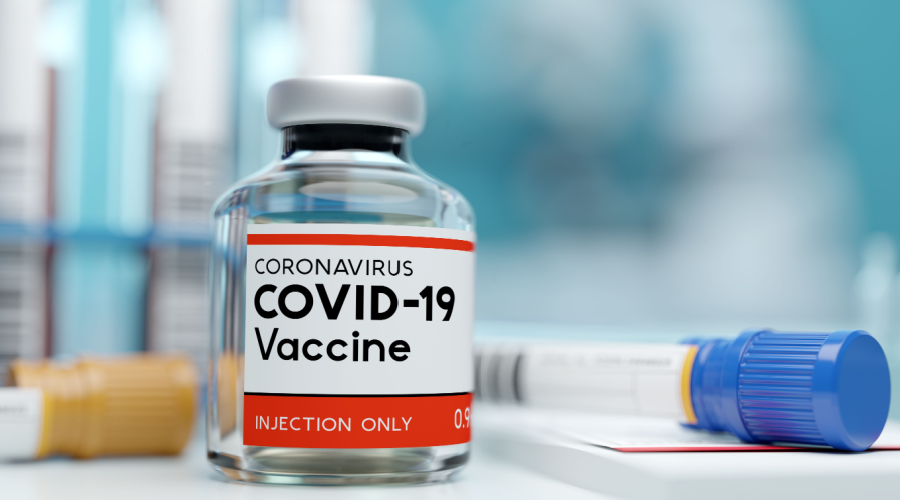“Food desert” is a term more commonly heard today than “pharmacy desert,” but pharmacy deserts exist and they’re a big concern.
Pharmacy deserts are communities without nearby access to pharmacies. Residents in these communities have to travel long distances to get their prescriptions filled.
Find out more about pharmacy deserts, patients who are affected and possible solutions to expand health care to areas lacking pharmacies.
What areas are affected?
Rural, less-populated areas are more isolated and often have less access to prescription medications compared to urban areas. However, pharmacy deserts have been proven to exist in both rural and urban locations across the country.
A 2014 study revealed some residents in Chicago lacked appropriate access to pharmacies. The study found that pharmacy deserts were most prevalent in segregated black and Hispanic communities than in segregated white and integrated communities. Additionally, the study found that the trend seems to be worsening over time.
“We found that in Chicago, a largely segregated city similar to many other cities across the country, pharmacies were persistently less accessible in black and Hispanic communities than in predominantly white communities,” Dima Qato, study researcher and assistant professor of pharmacy and public health at the University of Illinois at Chicago, said in a U.S. News & World Report article Feb. 19, 2015.
Researchers concluded that similar findings were likely to be found in other urban and suburban areas throughout the U.S.
What’s the concern?
It’s no secret that pharmacies play a key role in patients’ health care outcomes.
For many individuals, medications are a daily part of life, and some health conditions require more monitoring than others. Without a pharmacy nearby to fill prescriptions and speak with health care experts, many risk worsening their disease or suffering complications from a lack of appropriate care.
Patients are missing out on more than just prescriptions in pharmacy deserts. A lack of pharmacy services has also been found as a possible link to increased hospital readmissions. An Aug. 2 study by Oregon State University concluded that availability, distance and convenience in regards to pharmacy access all contribute to hospital readmission rates in rural areas.
What’s the solution?
Although some individuals in pharmacy deserts may opt to receive their medications via mail order, their inability to consult with a health care professional is critical.
If opening a brick-and-mortar pharmacy in an underserved area isn’t an option for your independent community pharmacy, telepharmacy is a potential solution that can increase your business and help your community.
Telepharmacy locations are operated by a pharmacy technician and managed remotely by a pharmacist via video conferencing technology. The pharmacist provides care and counseling for patients while maintaining accountability and control over all prescriptions dispensed at the remote pharmacy.
Telepharmacy brings quality health care to medically underserved communities nationwide and enables individuals living in remote areas to obtain their medications and receive counseling from a pharmacist.
Pharmacy deserts aren’t the only concern for some patients. Learn five ways to communicate with your patients about their drug price concerns.












